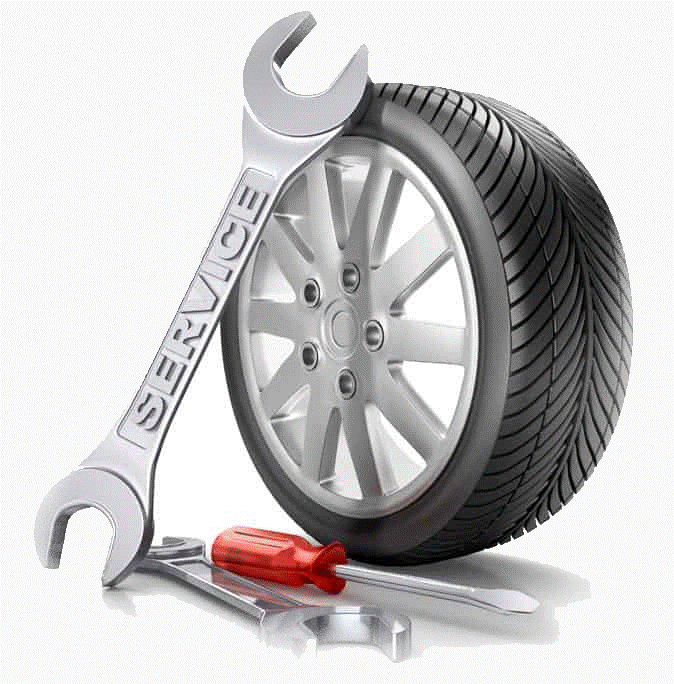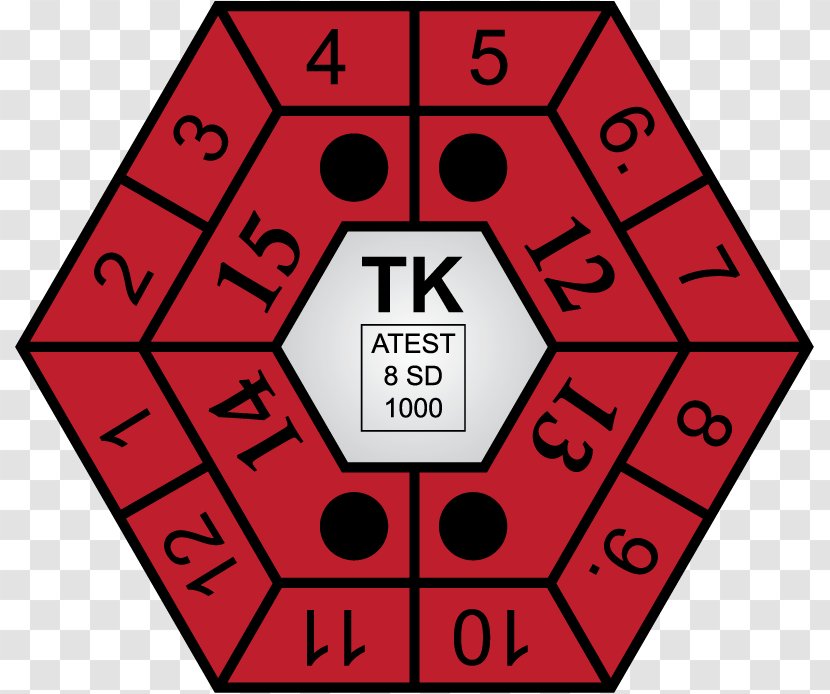Technická kontrola (STK), also known as vehicle inspection, is a mandatory requirement for all motor vehicles in the Czech Republic. Let’s delve into the details:
- What Is STK?:
- STK stands for Stanice technické kontroly (Station of Technical Control).
- It involves a thorough inspection of a motor vehicle’s technical condition, as stipulated by law.
- STK stations not only perform regular technical inspections but also offer additional services such as emission measurements, tachograph verification, and registration checks.
- All road-registered vehicles in the Czech Republic (except category R vehicles) must undergo regular STK.
- The different types of technical inspections include:
- Regular Technical Inspection: Conducted every 2 years for most passenger cars. New vehicles require their first inspection after 4 years of use, followed by biennial inspections.
- Reinspection: If any issues are found during the regular inspection, a reinspection is necessary.
- Registration Check: Ensures the vehicle’s compliance with registration requirements.
- Customer-Requested Inspection: Performed upon the owner’s request.
- Inspection Before Vehicle Registration: Required before registering a vehicle.
- Inspection for Technical Eligibility Approval: Necessary for approving a vehicle’s technical suitability.
- ADR Inspection: For vehicles transporting dangerous goods.
- The cost of regular technical inspections varies by each STK station, typically ranging from 1,500 to 2,000 CZK.
- The validity period of STK is indicated on the large technical certificate or the red sticker on the rear license plate.
- STK Process:
- Before heading to the STK station, ensure the following:
- Check your vehicle thoroughly: lights, brakes, fluid leaks, tire dimensions, and tread depth.
- Remove old highway stickers and wheel covers if your vehicle has them.
- Gather the necessary documents (described below).
- Find out the STK fee and payment options (cash or card).
- Upon arrival at the STK station:
- Visit the reception/office, submit the required documents, and pay the fee.
- Proceed to the workshop, where a mechanic will measure emissions and verify the VIN.
- The actual vehicle inspection (details below) usually takes place in a separate area.
- The mechanic typically performs the inspection without your presence.
- During the inspection, the mechanic checks various aspects, including lights, brakes, suspension, and more.
- If your vehicle is in good condition, there’s no need to worry. However, if it’s older or has issues, consider having an auto mechanic inspect and address any potential problems beforehand.
- Before heading to the STK station, ensure the following:
Remember, STK ensures your vehicle’s safety and compliance, so embrace it as part of responsible car ownership!
Find auto services that perform STK preparation and STK tests by clicking here.



Leave a Reply